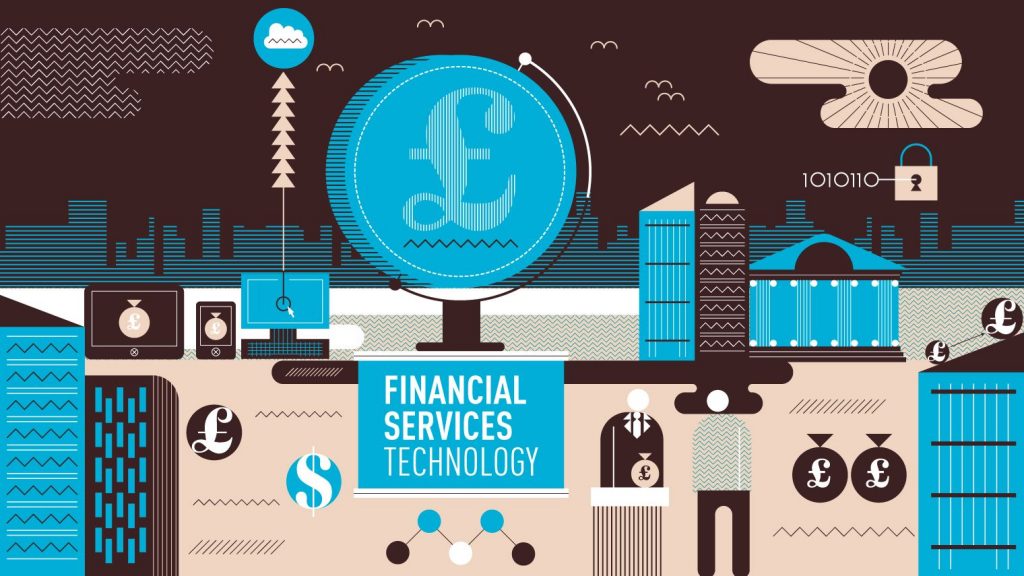
If Fintech organisations have a chance to reach the majority of the public, is by leveraging the customer experience to new standards, regaining along the way their trust and loyalty to the new financial system they offer. Not that long ago, personal banking was linked to daily trips to the High Street branch to print bank statements and carry out in situ other important tasks, nowadays it has become a truly solo experience, completely online and through any device on-the-way.
Mobile banking, however, has stood over other devices as the customer favourite, and more traditional banking and new Fintech platforms are creating their new platforms bearing this fact in mind. As the financial industry has shifted to the digital, customer behaviour has changed with it.

Fintech Startups think and see finances through their customer eyes
More importantly, Financial technology startup founders think and see finances through their customer eyes. They themselves come from the client’s world and they choose to be all about customer and the creation of products they know will be accepted, approachable and shared. Banks, on the other hand, focuses on better loans, fees, branch locations, but uses care for comfort, accessibility and simplicity.
These two main different approaches to personal financing is what make the difference between old Banking and new Fintech startup. This is how crowdfunding and fast loans became so popular. It is easier to start a Kickstarter campaign and receive necessary product funding than go to the bank branch and ask for a hard-getting loan. Customers see it through, especially in emerging economies where access to mobile devices are widespread but financial services are still seeing as a luxury.
More and more entrepreneurs are choosing this and banks are losing potential customers just because at right time they didn’t choose to change in favour of customers. There is little to blame them for, though, as the traditional financial industry find difficult to modify their formulated loan program, highly conscripted by tight regulation and laws compliance, and as such reluctant to swift to new digital ways.
The same happened with fast loans and personal finance management tools. Almost all online banking services has personal finance management tools through in-house developed apps (for mobile) or web browser (for other devices). Most of them, however, are non-responsive and possibilities are cutoff. Customers can see their last movements indeed, but they can’t carry out more complex tasks such asking for loans, change sensitive information or open new accounts.
FinTech startups, on the other end, bet to get the most intuitive and excellence customer experience out of the digital. They understand, taken as an example, that splitting banking services into separate and mastering at least one of them will grant them recognition and maximum customer satisfaction. This FinTech startups vision, focused on user experience, is what traditional banks lacks and, thus, failed.

A Good Fintech Strategy
According to KMPG last research, a good fintech strategy is well aligned with current challenges and disruptions, and more importantly, they are focused on leveraging the customer experience above all other variables. These are some of the principles they recommend to be followed when starting a new Fintech venture:
- Know thyself: Start with a rapid assessment of current operations that identifies opportunities, challenges and roadblocks.
- Plan for change: Closely track technology trends so that you understand new opportunities, and when and how they will impact your operating model.
- Understand the long view: Define where you want to be in 3 and 5 years, and then map fintech to those big-picture goals.
- Pave the way: Establish buy-in from employees who will be affected by fintech, understand cultural barriers and tailor strategy accordingly.
- Align the goals: Ensure that your fintech strategy complements your overall business strategy—rather than distracting from it.
- Don’t get boxed in: Plan for both incremental change and big leaps forward—and evaluate them appropriately.
- Set priorities: Resist fintech’s call to try everything at once by establishing a clear process to evaluate and prioritize each new technology.
- Lead by example: A lack of C-suite guidance and leadership support is where fintech strategies go to die.
And as the same report accurately pointed out, “Fintech innovation remains a race – and there are no clear winners yet… but do we need to have winners, or just more collaboration and interoperability between different players in this field ? This is a short-lived industry in which there is capacity for large expansion, if followed up accordingly. Incumbents have a great opportunity to drive value from fintech given their customer relationships, capital resources and established reputations.”
As such, the implementation of newly developed technological advancements is seen crucial for this growing industry, which its most notorious perk is to pair up with the ongoing times.

Hernaldo Turrillo is a writer and author specialised in innovation, AI, DLT, SMEs, trading, investing and new trends in technology and business. He has been working for ztudium group since 2017. He is the editor of openbusinesscouncil.org, tradersdna.com, hedgethink.com, and writes regularly for intelligenthq.com, socialmediacouncil.eu. Hernaldo was born in Spain and finally settled in London, United Kingdom, after a few years of personal growth. Hernaldo finished his Journalism bachelor degree in the University of Seville, Spain, and began working as reporter in the newspaper, Europa Sur, writing about Politics and Society. He also worked as community manager and marketing advisor in Los Barrios, Spain. Innovation, technology, politics and economy are his main interests, with special focus on new trends and ethical projects. He enjoys finding himself getting lost in words, explaining what he understands from the world and helping others. Besides a journalist he is also a thinker and proactive in digital transformation strategies. Knowledge and ideas have no limits.








